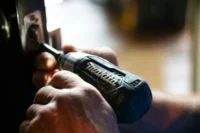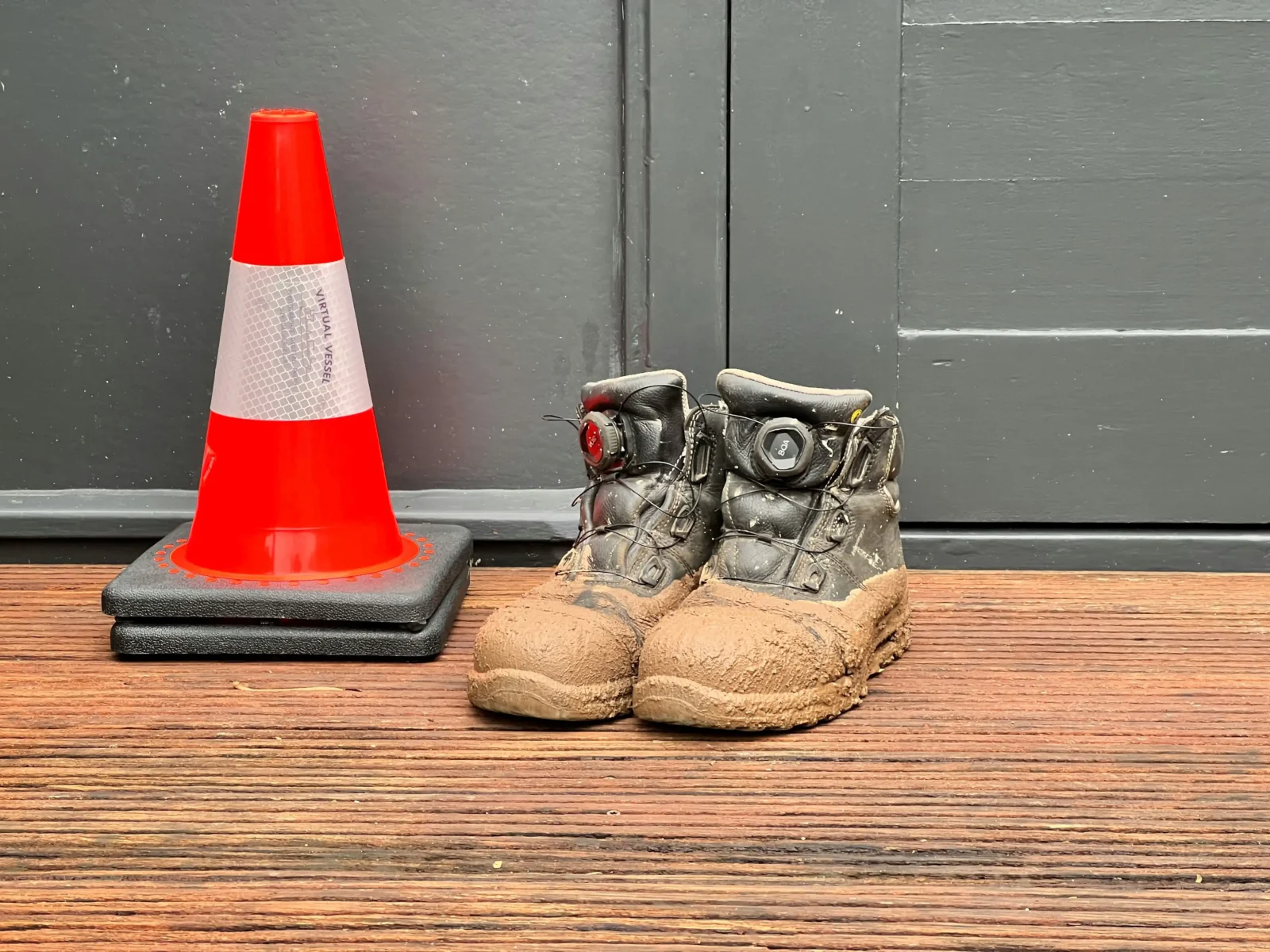- Home
- Articles
- Architectural Portfolio
- Architectral Presentation
- Inspirational Stories
- Architecture News
- Visualization
- BIM Industry
- Facade Design
- Parametric Design
- Career
- Landscape Architecture
- Construction
- Artificial Intelligence
- Sketching
- Design Softwares
- Diagrams
- Writing
- Architectural Tips
- Sustainability
- Courses
- Concept
- Technology
- History & Heritage
- Future of Architecture
- Guides & How-To
- Art & Culture
- Projects
- Interior Design
- Competitions
- Jobs
- Store
- Tools
- More
- Home
- Articles
- Architectural Portfolio
- Architectral Presentation
- Inspirational Stories
- Architecture News
- Visualization
- BIM Industry
- Facade Design
- Parametric Design
- Career
- Landscape Architecture
- Construction
- Artificial Intelligence
- Sketching
- Design Softwares
- Diagrams
- Writing
- Architectural Tips
- Sustainability
- Courses
- Concept
- Technology
- History & Heritage
- Future of Architecture
- Guides & How-To
- Art & Culture
- Projects
- Interior Design
- Competitions
- Jobs
- Store
- Tools
- More

High-traffic commercial and institutional spaces demand paint specifications that go beyond color selection. From healthcare facilities to educational institutions, from hospitality venues to corporate offices, the right paint specification can mean the difference between surfaces that maintain their appearance for years versus those requiring frequent touch-ups or complete recoating within months.
Understanding how to properly specify paint systems for these demanding environments requires a systematic approach that addresses everything from substrate conditions to long-term maintenance protocols.
Table of Contents
ToggleEstablish Comprehensive Substrate Preparation Standards
Proper substrate preparation forms the foundation of any durable paint system. Specify cleaning protocols that remove all dirt, grease, and previous coating failures. For masonry surfaces, require pressure washing followed by adequate drying time. Metal substrates need rust removal and proper degreasing. Wood surfaces must be sanded smooth and any knots sealed with appropriate primers.
Document acceptable moisture content levels for each substrate type. Concrete should test below 12% moisture content before coating application. Establish repair procedures for cracks, holes, and surface imperfections using manufacturer-approved fillers and patching compounds. These preparation standards prevent premature coating failure and ensure optimal adhesion throughout the system’s lifespan.
Implement Mockup and Testing Requirements
Physical mockups allow evaluation of color, texture, and application techniques before full-scale work begins. Require contractors to prepare mockup panels representing each major substrate and finish combination. Mockups should demonstrate proper surface preparation, primer application, and topcoat techniques.

Testing protocols should verify adhesion strength, color accuracy, and finish uniformity. Pull-off adhesion testing using ASTM D4541 ensures proper bonding between coating layers and substrates.
Brothers Colors Painting and other experienced contractors understand the importance of proper mockup procedures in preventing costly rework and ensuring client satisfaction. Color matching under various lighting conditions helps identify potential issues before widespread application.
Design Primer and Topcoat Systems for Maximum Performance
Select primer systems based on substrate compatibility and performance requirements. High-build primers work well for hiding minor surface imperfections on drywall, while specialized metal primers provide corrosion resistance for steel elements. Masonry primers should offer alkali resistance to prevent efflorescence bleed-through.
Topcoat selection must consider the specific stresses each surface will encounter. Two-coat systems typically provide better coverage and durability than single-coat applications. Specify dry film thickness requirements for both primer and topcoat layers.
Quality paint manufacturers provide detailed technical data sheets outlining proper film build for optimal performance. Cross-linking acrylic systems offer excellent durability for high-abuse areas, while standard latex paints may suffice for moderate-use spaces.
Match Sheen Levels to Room Functions
Sheen selection significantly impacts both appearance and maintenance requirements. Flat paints hide surface imperfections but offer limited washability, making them suitable only for low-traffic areas like private offices. Eggshell sheens provide subtle reflection while maintaining reasonable cleanability for moderate-use spaces.

Satin finishes offer excellent durability and washability for corridors, conference rooms, and patient areas. Semi-gloss paints work well for high-touch surfaces like door frames, baseboards, and wainscoting where frequent cleaning is expected.
Gloss finishes provide maximum durability but highlight surface imperfections, making them appropriate for doors, trim, and other smooth surfaces requiring regular sanitization.
Specify Scrub and Stain Resistance Performance Standards
Establish minimum performance criteria using industry-standard test methods. ASTM D2486 measures scrub resistance, with Class I ratings indicating superior durability for high-traffic applications. Based on expected use patterns, specify minimum scrub cycle requirements. Areas receiving heavy traffic should require paints rated for 5,000 or more scrub cycles.
Stain resistance testing using ASTM D4828 helps identify paints capable of withstanding common soiling agents. Food service areas need coatings resistant to grease and acidic substances. Healthcare environments require resistance to cleaning chemicals and bodily fluids. Educational facilities should specify paints resistant to markers, crayons, and adhesive residues.
Target Appropriate VOC Levels for Indoor Air Quality
Volatile organic compound emissions directly impact indoor air quality and occupant health. LEED certification requires paints and primers containing less than 50 grams per liter VOC for non-flat finishes and 100 grams per liter for flat finishes. WELL Building Standard maintains even stricter limits at 50 grams per liter for all finishes.
Zero-VOC formulations provide the healthiest option for sensitive environments like schools and healthcare facilities. However, verify that low-VOC products still meet durability requirements.
Some zero-VOC paints sacrifice performance for environmental compliance. Review manufacturer data to ensure specified products deliver both environmental benefits and required performance characteristics.
Coordinate with Lighting Design and Light Reflectance Values
Light Reflectance Value coordination with lighting design creates comfortable visual environments while supporting energy efficiency goals. Light-colored paints with LRV values above 50 help maximize artificial lighting effectiveness, reducing energy consumption and operating costs.
Consider how different light sources affect color appearance. LED lighting can shift color perception compared to traditional fluorescent or incandescent sources. Specify color evaluation under actual installed lighting conditions rather than relying solely on daylight assessment. Dark colors with low LRV values may create dramatic effects but require additional artificial lighting to maintain adequate illumination levels.
Establish Quality Control and Inspection Protocols
Implement systematic inspection procedures throughout the painting process. Initial substrate inspections verify proper preparation before primer application. Mid-process inspections check for uniform coverage, proper film thickness, and absence of defects like brush marks or spray patterns.
Final inspections should evaluate color accuracy, finish uniformity, and overall workmanship quality. Establish touch-up procedures for minor imperfections and complete rework criteria for unacceptable areas.

Document inspection results with photographs and written reports. Quality contractors welcome thorough inspection processes as they protect both parties and ensure successful project outcomes.
Develop Long-Term Maintenance and Touch-Up Plans
Create comprehensive maintenance documentation including product specifications, color formulations, and application procedures for future touch-up work. Specify touch-up paint quantities to be delivered with the project, typically 5-10% of total paint volume depending on facility type and expected maintenance needs.
Establish cleaning protocols that preserve coating integrity while maintaining appearance. Harsh cleaners can damage paint films and void manufacturer warranties. Provide facility maintenance staff with approved cleaning products and procedures. Schedule periodic inspections to identify maintenance needs before minor issues become major problems.
Endnote
Specifying paint for high-use interiors requires a comprehensive approach that addresses technical performance, aesthetic goals, and long-term maintenance requirements. Success depends on understanding the unique demands of each space type and selecting systems that balance durability, appearance, and environmental responsibility.
Through careful attention to substrate preparation, system design, performance criteria, and quality control measures, specifiers can ensure paint systems that maintain their protective and aesthetic functions throughout their intended service life.
illustrarch is your daily dose of architecture. Leading community designed for all lovers of illustration and #drawing.
Submit your architectural projects
Follow these steps for submission your project. Submission FormLatest Posts
8 Essential Web-Based Mapping Tools for Modeling Sea Level Rise and Flood Impacts
As climate change accelerates, flood risk and sea level rise have become...
How Sydney’s Architecture Responds to Climate, Light, and Lifestyle
Sydney’s architecture has never been driven by form alone. It evolves through...
Shipping Containers as Functional Infrastructure on Construction Sites
Construction sites are temporary by definition, yet the systems that support them...
Understanding Site Safety Footwear in Architectural Practice
Architecture is often discussed through drawings, models, and finished buildings, yet a...












Leave a comment